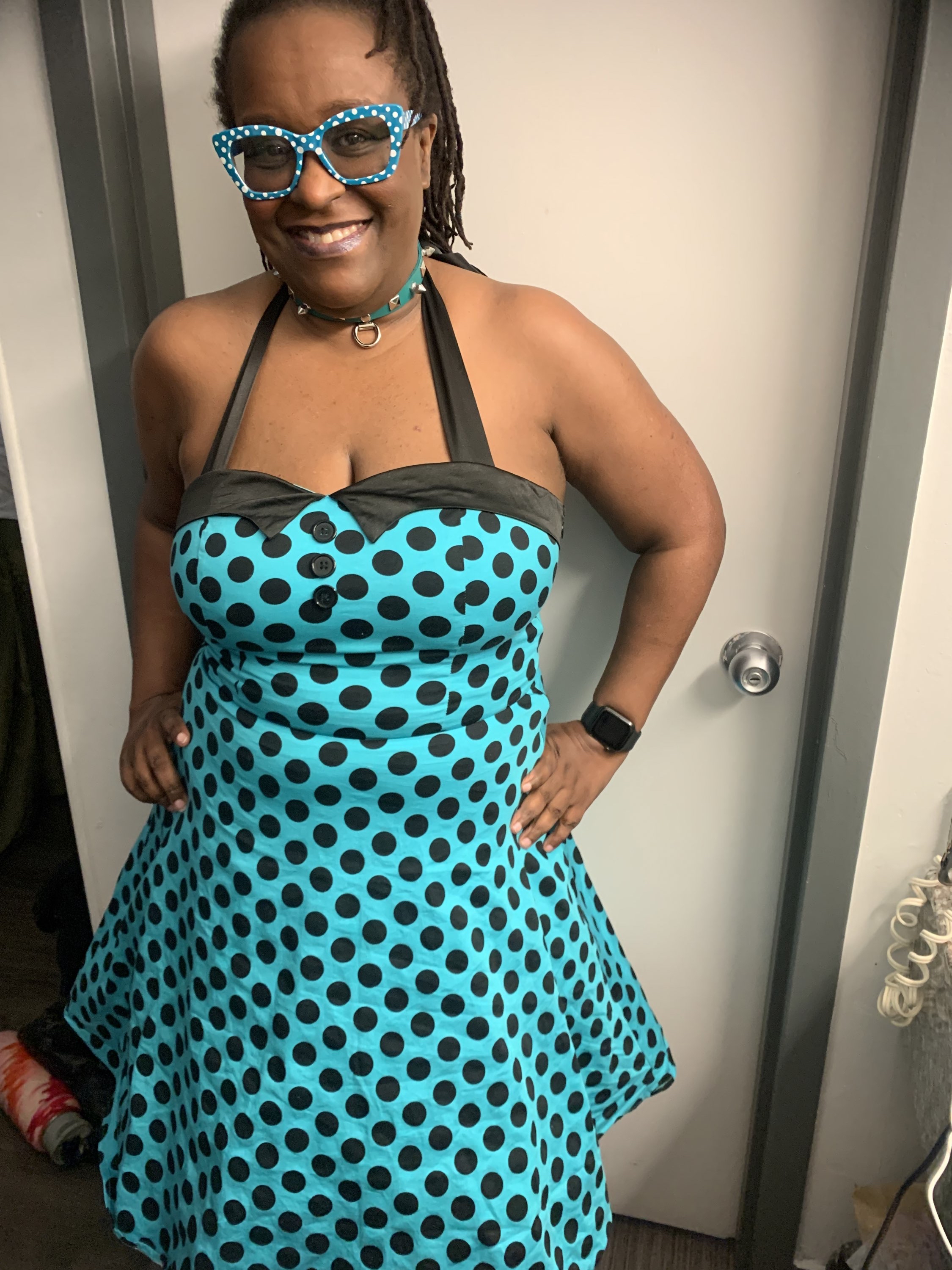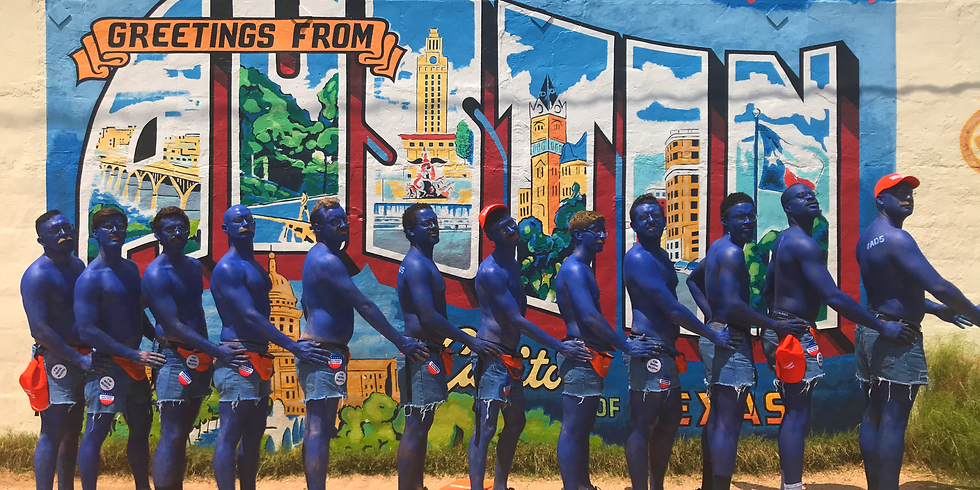Exploring the Creative World of Body Art Techniques
- Vonetta Berry

- Jun 12
- 4 min read
Body art is a fascinating blend of creativity, culture, and self-expression. Through various techniques, artists transform the human body into a canvas, highlighting individuality and artistic vision. In this blog post, we will delve into several fascinating body art techniques from around the world, exploring their origins, methods, and significance.
Understanding Body Art Techniques
Body art encompasses a variety of practices, including tattoos, body painting, henna, and piercings. Each technique has distinct characteristics and cultural backgrounds.
Tattoos: Traditionally, tattoos have served as symbols of identity and belonging across different cultures. Modern tattooing techniques have evolved significantly, incorporating a diverse array of styles and ink types.
Body Painting: This ephemeral art form emphasizes creativity and self-expression through temporary color applications. It is often seen in festivals, performances, or art exhibitions.
Henna: Originating in the Middle East and Africa, henna is used for body decoration during celebrations. The intricate patterns symbolize fertility, good fortune, and other auspicious meanings.
Piercings: Piercings have cultural significance in many societies, representing rites of passage or personal milestones.
Understanding these fundamental techniques sets the stage for a deeper exploration.

The Art of Tattoos
Tattoos have been around for thousands of years, with evidence of body ink found in ancient civilizations. The world of tattoos today is more sophisticated than ever, with advancements in technology and artistry.
One popular technique is blackwork, characterized by bold geometric shapes and patterns. Artists use solid black ink to create designs that can either cover large areas or serve as smaller pieces. Meanwhile, watercolor tattoos employ a soft palette, mimicking the brush strokes and color bleeds of traditional watercolor paintings.
Popular Tattoo Trends
Some tattoo styles have gained massive popularity in recent years. For example, minimalist tattoos are favored for their simplicity and elegance, often featuring clean lines and subtle imagery. Statistics reveal that nearly 47% of millennials have at least one tattoo, showcasing the growing acceptance and appreciation for body art.
Image choices often reflect personal stories, making each tattoo unique to the individual. Artists work closely with clients to ensure their vision comes to life, further enhancing the personal aspect of this art form.

The Allure of Body Painting
Body painting is a captivating practice that transforms the skin into living art. Unlike tattoos, this technique is temporary, often lasting only a day or a few weeks, depending on the materials used.
Methods and Materials
Artists typically use high-quality body paints that are safe for the skin. These paints are water-based or airbrushed, allowing for seamless blending and vivid colors. Designs often range from intricate patterns to dramatic full-body pieces that tell a story or invoke cultural themes.
Festivals and Events: Body painting is prominent during cultural festivals and events, where artists showcase their skills. The World Bodypainting Festival, held annually in Austria, is one of the largest events in the body painting calendar, attracting artists from around the globe.

The Cultural Significance of Henna
Henna, also known as Mehndi, is a ceremonial art form used primarily in South Asian and African cultures. The application of henna follows traditional patterns, often symbolizing blessings and beauty during weddings and other significant life events.
Application Techniques
Henna tattooing involves applying a paste made from the leaves of the henna plant to the skin, creating intricate designs. The paste is traditionally applied using a cone, similar to a piping bag used in baking. Once the paste dries, it leaves a rich, reddish-brown stain on the skin.
Celebratory Benefits: Henna is thought to bring good luck and prosperity. The intricate designs are often related to cultural heritage and familial connections, making them deeply meaningful.
Exploring Body Piercings
Body piercings offer another unique form of body art, combining aesthetics with personal expression. While piercings have been practiced for centuries, their modern interpretations pave the way for numerous styles and jewelry types.
Types of Body Piercings
Some common types of piercings include:
Ear piercings: Ranging from lobe piercings to more creative cartilage placements.
Nose piercings: Featuring hoops or studs on the nostril or septum.
Facial piercings: Including lip and eyebrow piercings which add flair and individuality.
Cultural Context: In many cultures, specific piercings signify various stages in life. For example, ear piercing is often regarded as a rite of passage in many societies.
Embracing Your Own Body Art Journey
Body art, in its many forms, invites personal exploration and creativity. Whether you are considering a tattoo, body paint, henna, or piercing, it's essential to ensure you choose a reputable artist and understand the cultural significance behind your chosen technique.
Tips for Getting Started
Research: Look into the styles and techniques you’re drawn to.
Find an Artist: Seek out a reputable artist with a style that resonates with you.
Consultation: Speak with your selected artist about your ideas and ask questions. They can help refine your vision and provide insights.
Aftercare: Follow proper aftercare instructions to ensure your body art heals well and lasts.
Exploring body art can lead to profound self-discovery and personal expression.










Comments